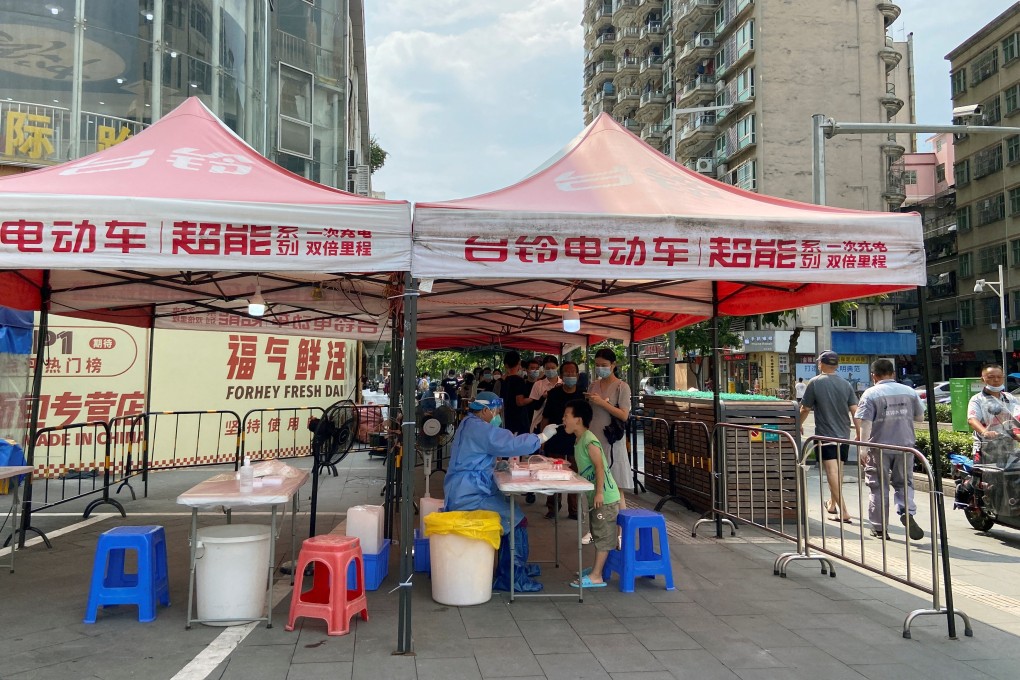Advertisement
China tech hub Shenzhen on alert as new Omicron subvariant surfaces
- City reports a clutch of fresh coronavirus cases as it orders subway and restaurant closures
- But the new strain is not a source of major concern and unlikely to affect any decision to reopen the border with Hong Kong, virologist says
Reading Time:3 minutes
Why you can trust SCMP
21

The southern Chinese tech hub of Shenzhen has closed subway stations, banned restaurant dining and locked down shopping malls to battle a fresh coronavirus outbreak caused by a number of Omicron subvariants.
The outbreak began last week and most of the cases have been caused by the subvariant BF.15, the first time the strain has been detected in mainland China.
But Jin Dong-yan, a virologist from the University of Hong Kong, said the subvariant was much the same as other Omicron strains and control measures would not vary.
Advertisement
“[The subvariant] is not a concern, it is very similar to other BA.5 subvariants,” Jin said.
Shenzhen health authorities reported 35 new cases on Tuesday, 24 of them with symptoms.
Advertisement
There is no official total for the outbreak so far.
Advertisement
Select Voice
Choose your listening speed
Get through articles 2x faster
1.25x
250 WPM
Slow
Average
Fast
1.25x